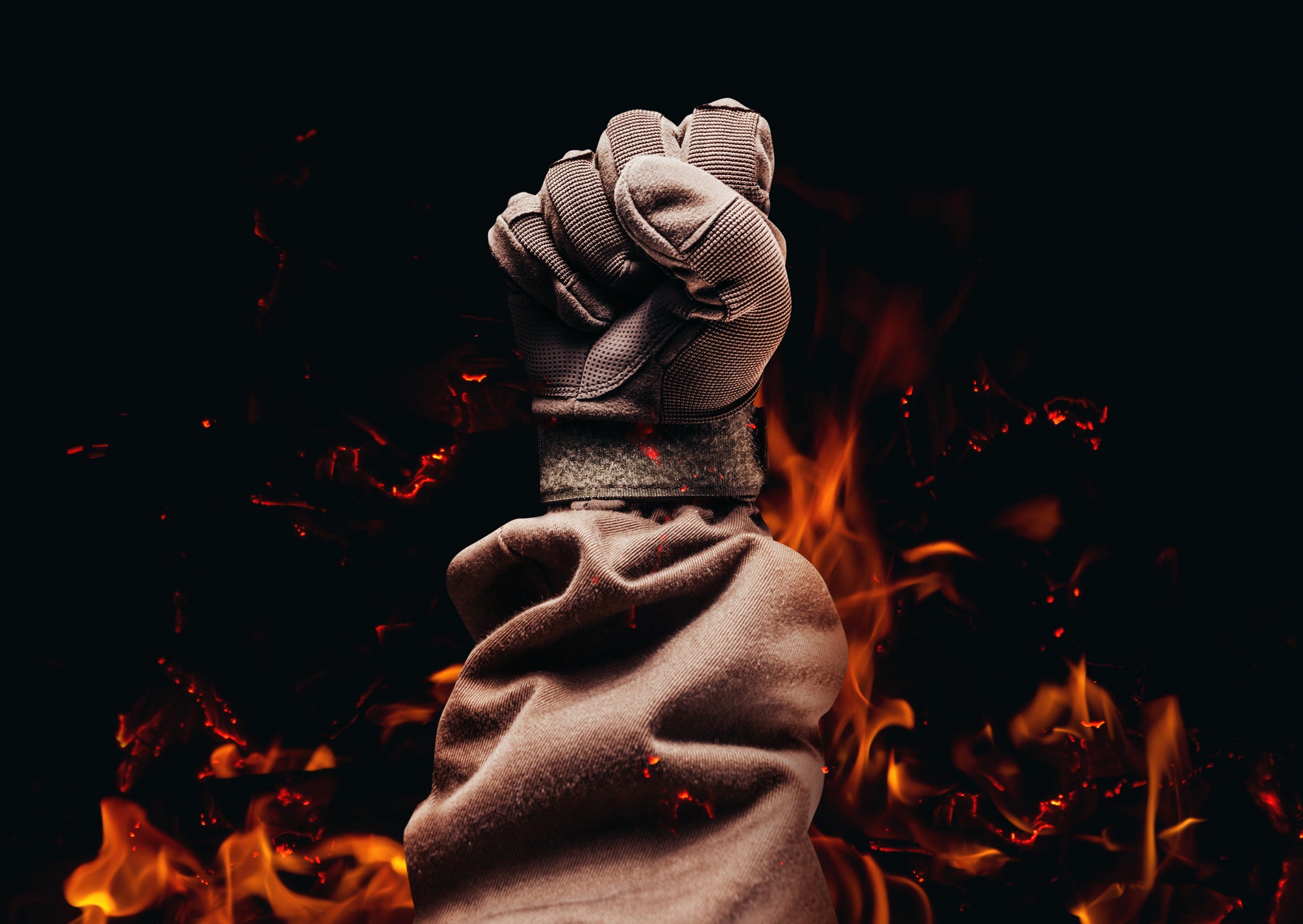High-Temperature Protection
Heat-resistant gloves are designed with thermal insulation materials like Kevlar, Nomex, or silicone, which can withstand extreme temperatures without breaking down. This insulation prevents burns and minimizes heat transfer to the skin, allowing users to handle hot objects or work in high-heat environments safely.
Durability and Strength
These gloves are built to last, with heavy-duty construction that resists wear and tear even under prolonged exposure to heat. Many heat-resistant gloves also offer cut and abrasion resistance, providing additional protection when handling rough or sharp objects in hot conditions.
Non-Slip Grip
Heat-resistant gloves often feature a textured surface or silicone coating that ensures a secure grip when handling slippery or hot items. Despite their thickness, these gloves are designed to offer flexibility and control, allowing for precise handling even in high-heat conditions.
Chemical Resistance
Some heat-resistant gloves are also resistant to chemicals, making them versatile for use in environments like laboratories where both heat and chemical exposure are potential hazards.
Versatility Across Industries
These gloves are used in various fields, including industrial manufacturing (such as metalworking, glass manufacturing, welding, and foundries), cooking and baking (for handling hot cookware and open flames), and automotive and machinery maintenance (for working with engines and exhaust systems).
Comfort and Breathability
Many heat-resistant gloves are designed with moisture-wicking fabrics to keep hands dry and comfortable, preventing sweat buildup. They are often contoured for an ergonomic fit, allowing for long-term use without discomfort.
Fire Resistance
In addition to heat resistance, some gloves offer flame retardant properties, meaning they won’t catch fire easily if exposed to open flames, providing an extra layer of safety in hazardous environments.

